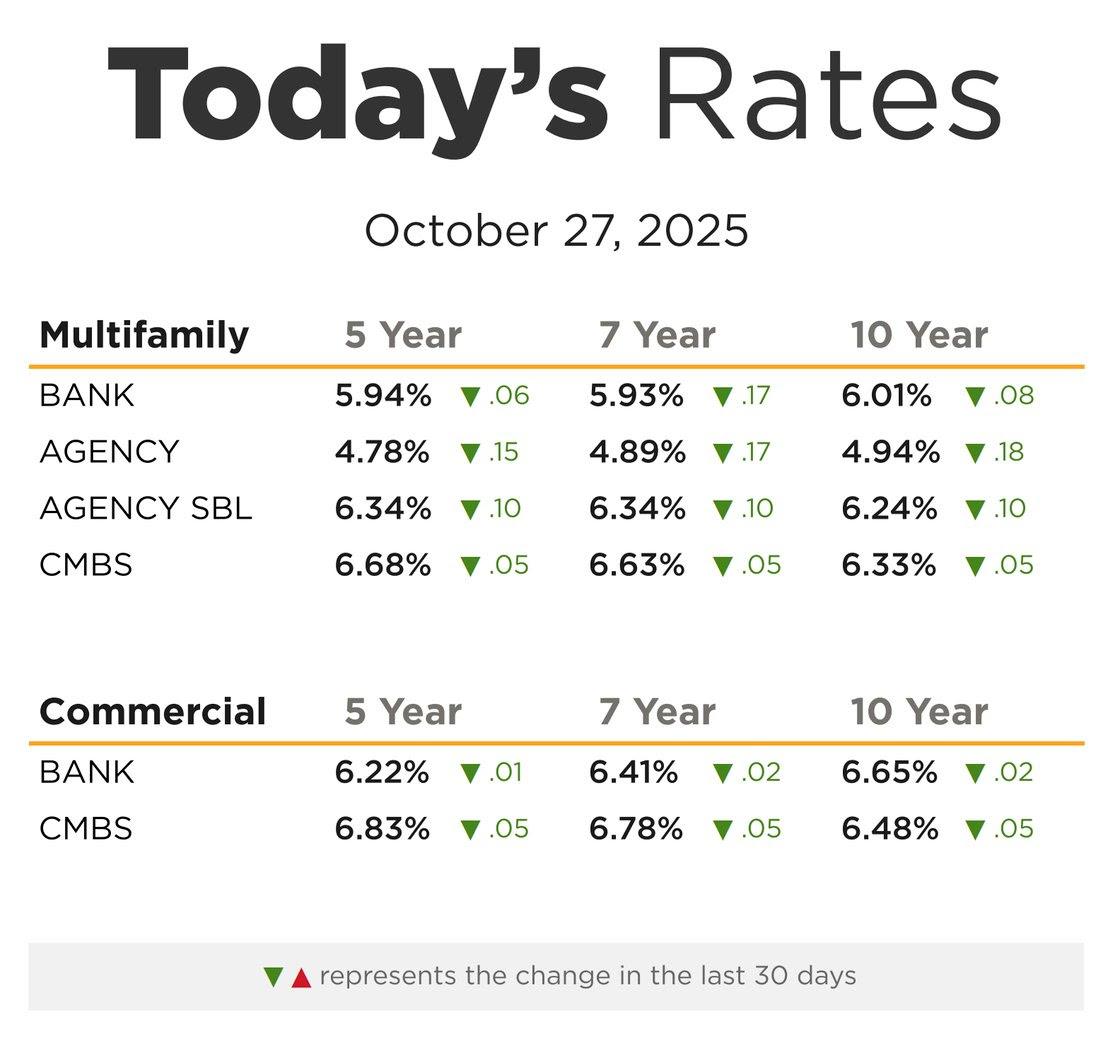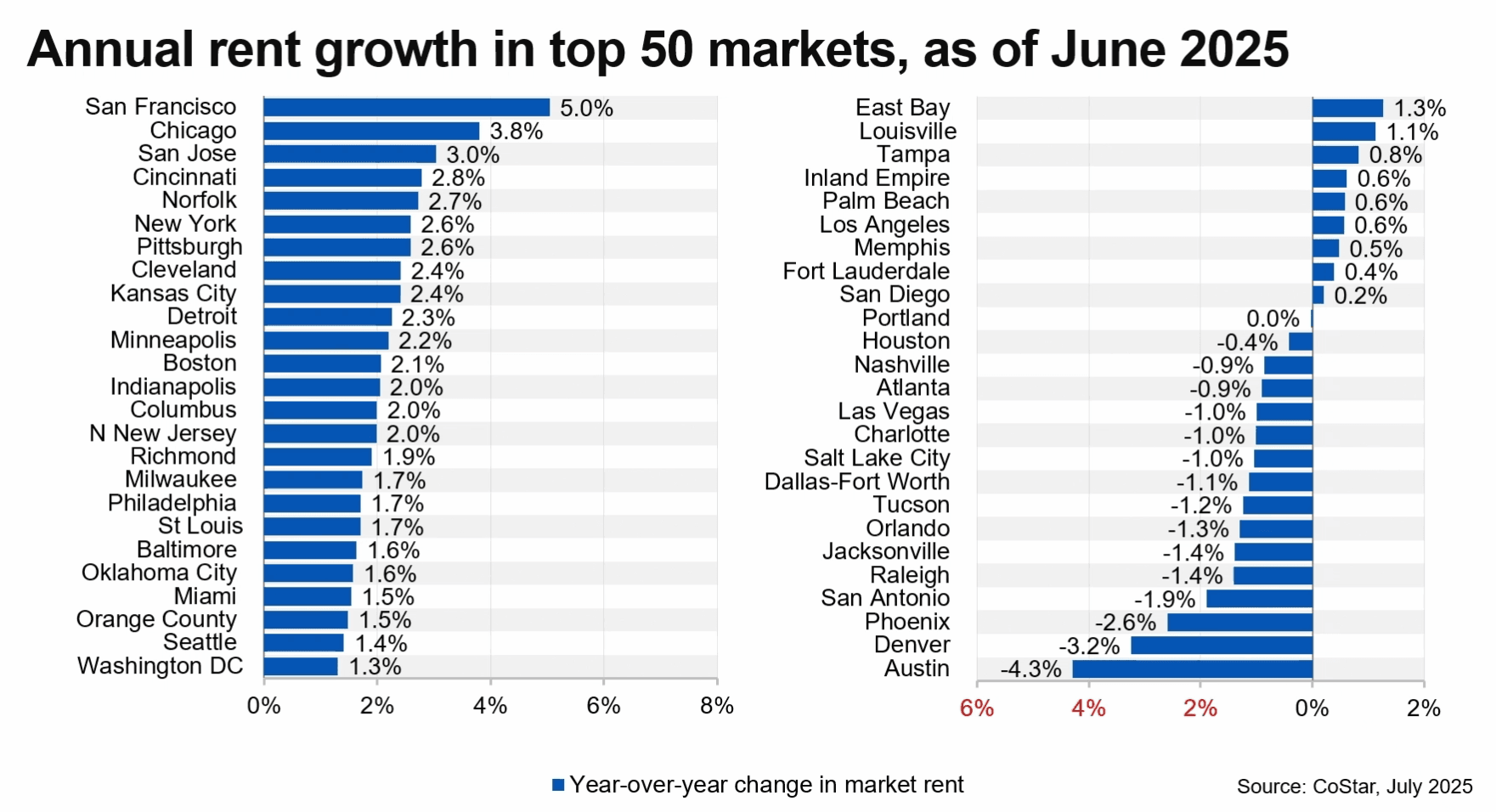Inflation was a blip, and long-term ultra-low interest rates will return — but only because world economic growth will be anemic.
That is the not entirely upbeat conclusion of the latest IMF World Economic Outlook, which portrays inflation as a blip, not a global reset.
The document looks at growth potential, inflation, and interest rates and describes a rocky road ahead. It does not suggest a fall in interest rates is likely to come instantly, nor is it inevitable.
However, the claim that inflation will shortly return to ‘normal’ pre-pandemic levels comes as Oxford Economics warned that this might not be true for the construction sector.
Analysts said persistently high prices could blow a $2T hole in the global construction business.
Here are the five big takeaways from today’s assessments.
1. It Was A Blip All Along
The IMF’s analysis aligns with those who argue that the current surge in inflation is almost entirely linked to the coronavirus pandemic and the distortions in supply and demand it created.
It does not agree with those who think that higher inflation is a consequence of newly fractured globalized supply chains — which would make higher interest rates the new normal.
Instead, the IMF analysis suggested that overall, the strengths and weakness of various economies, and the way capital flows between them, meant “global forces matter, but that their net effect on the natural [interest] rate has been relatively modest,” it explained in a blog.
IMF analysts said things could get more challenging: If governments borrow too much, decarbonization turns out to be very expensive and pushes energy prices through the roof, or something hinders globalization (wars, for instance), none of that would be good.
However, “these scenarios would have only limited effects on the natural [interest] rate but a combination, especially of the first and third scenarios, could have a significant impact in the long run.”
2. Stagflation Is A Real Risk
The risk is low growth, not high inflation and interest rates.
Poor productivity and unhelpful demographics in major Western economies will drag down inflation and, in its wake, take interest rates back down to pre-pandemic “natural” levels. So far, so good.
Yet recovery into growth is not assured, and too much low productivity and low inflation can be harmful: That is stagflation, a word not mentioned by the analysts but a scenario they are describing.
“Advanced economies are expected to see an especially pronounced growth slowdown from 2.7% in 2022 to 1.3% in 2023,” IMF Chief Economist Pierre-Olivier Gourinchas said. “Global headline inflation is set to fall from 8.7% in 2022 to 7% in 2023 on lower commodity prices, but underlying core inflation is proving to be stickier.”
Importantly, this outlook assumes that recent financial stresses remain contained.
“Risks are heavily tilted to the downside; they have risen with the recent financial turmoil,” he added.
3. Quantitative Easing Isn’t Over Yet
If major developed economies struggle to turn low-inflation stability into low-inflation growth, policymakers will probably feel forced to intervene.
In those circumstances, more quantitative easing or other balance sheet adjustments might be the policy option chosen by central bankers. Given that central banks only just began quantitative tightening (selling the government bonds bought since the Great Financial Crisis of 2008 and raising interest rates), this would be serious and may have unpredictable consequences.
More QE would typically mean asset prices — including real estate — get a boost. But abnormal asset price growth also locks in a widening differential between the prices at which assets are trading and the underlying economy upon which they depend. And that can lead to valuation crashes and misallocating resources that helped turn the current inflation spike into a dangerous shakeout for some property sectors.
4. Construction Inflation Is Different In Bad Ways
While policymakers in government and central banks tread an excellent line between inflation on the one hand and suffocating the economy on the other, the real estate sector has to navigate a more challenging route, as shown by Oxford Economics analysis, also published on Tuesday.
While Oxford Economics expects core inflation to come down steadily, thanks to easing supply chain pressures and interest rates just high enough to choke off the pressure, “there are risks that high inflation could be stickier than we expect,” it said. And the place where it will be stickiest is in the construction sector.
“Given that the service sector accounts for more than two-thirds of economic activity in most developed economies, there is only so much that easing supply chain bottlenecks can do to bring down broader inflation,” analysts said. “We expect construction materials prices to be at least 15% higher than pre-pandemic levels when prices bottom out.”
If a wage-price spiral gets going, all bets are off for the construction sector, which is always more vulnerable to tighter lending controls and higher interest rates. If that happens, the industry will tumble into a $2T hole of foregone construction activity in 2027.
5. Long Story Short
“Overall, our analysis suggests that recent increases in real interest rates are likely to be temporary,” the IMF report’s authors said to sum things up. “When inflation is under control, advanced economies’ central banks will likely ease monetary policy and bring real interest rates back towards pre-pandemic levels. How close to those levels will depend on whether alternative scenarios involving persistently higher government debt and deficits or financial fragmentation materialize.”
Source: Ultra Low Interest Rates Will Be Back
Receive Market Insights
Periodic analysis on rents, pricing, cap rates, and transaction activity across Chicago and key suburban markets.




Join The Discussion